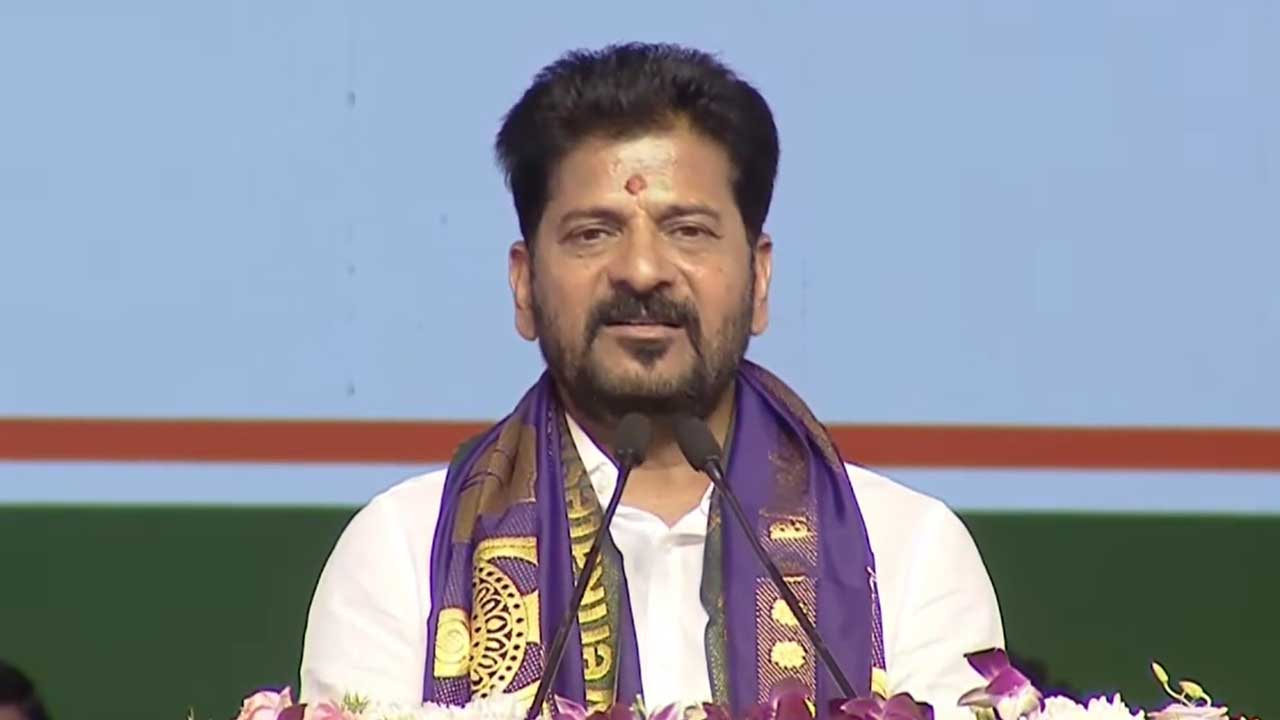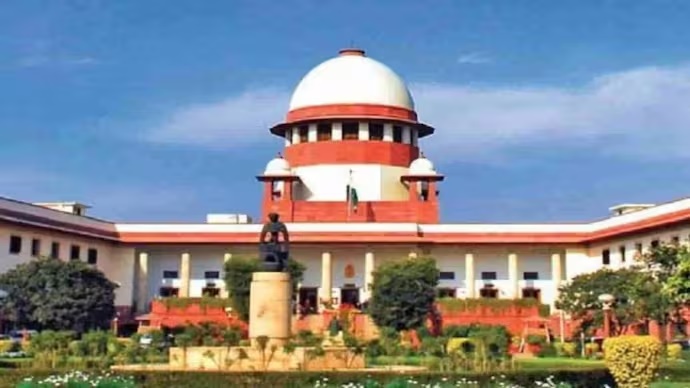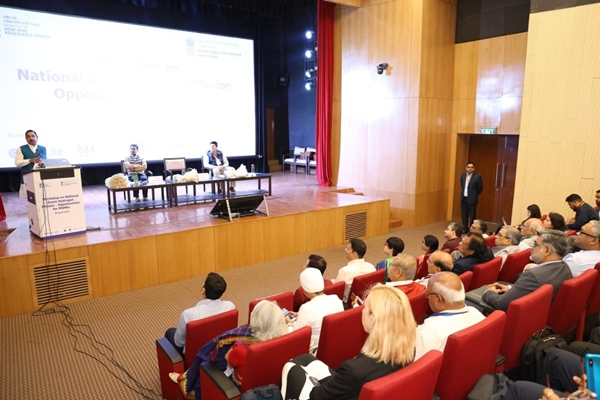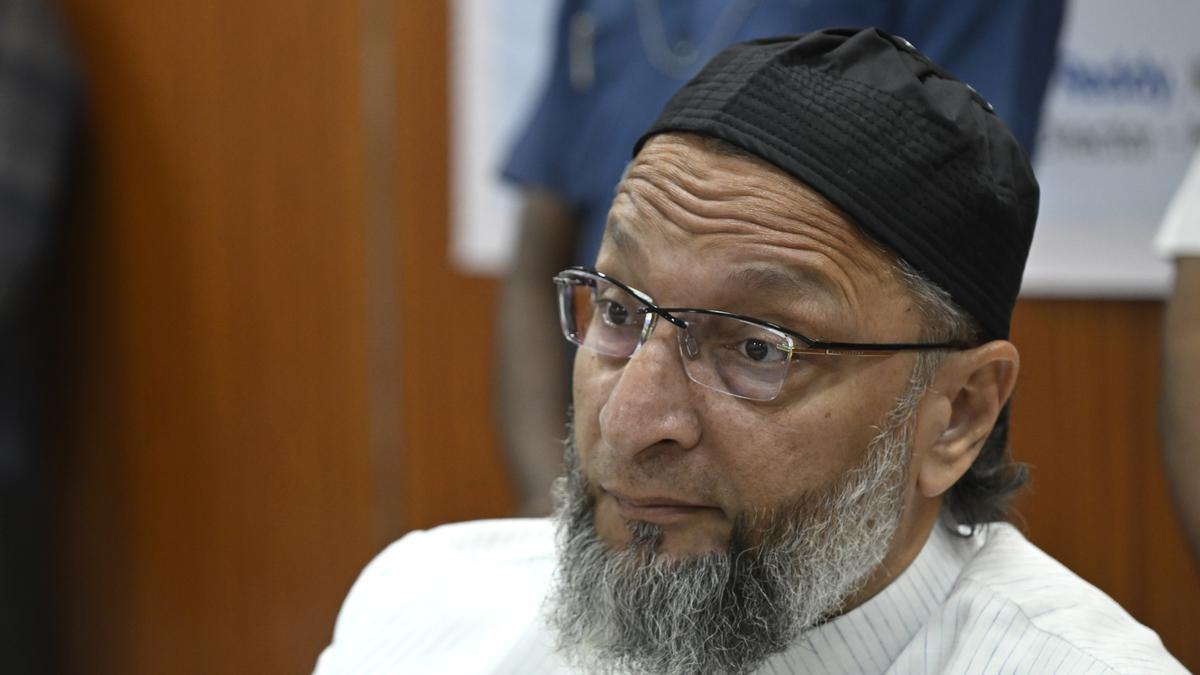KCR Spent Rs 2,88,811 crore Public Money without Authorisation
Mon 26 Feb 2024, 12:05:13
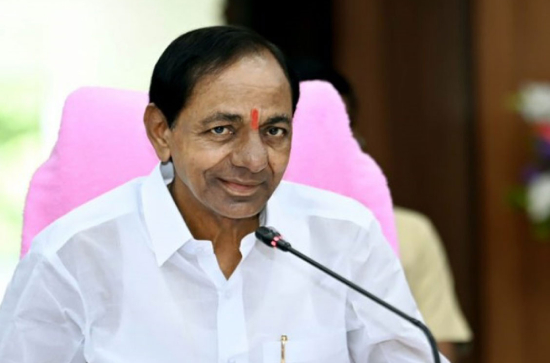
The former BRS government led by the-then chief minister K. Chandrashekar Rao did not get an excess expenditure of Rs 2,88,811 crore, over and above allocation, pertaining to financial years 2014-15 to 2021-22, regularised, said India's national auditor, the Comptroller and Auditor General (CAG), in its recently released report. This comes as yet another shock to people who are still reeling from the humongous scam being unravelled in the Kaleshwaram lift irrigation scheme, possibly to the tune of over Rs 1,00,000 crore, to the sheep scam to the metro scam, Dharani scam, among others.
In a democracy, financial power vests in the House of Representatives– the Assembly of MLAs in the state and MPs at the Centre. At the state level, the government has to get an approval from the majority of the MLAs assembled in the Legislative Assembly for the money it plans to spend. This process is called Budget approval. In its report, the CAG admonished the government under the BRS, saying, “The excess expenditure is to be regularised after discussion in the Public Accounts Committee (PAC) in the Legislature.
The Committee met five times – May 2018, twice in August 2021, February 2022 and March 2022 – to discuss 10 paragraphs pertaining to State Finance Audit Reports. However, the issue of regularisation of expenditure incurred in excess of Legislative authorisation has not yet been taken up.”
The CAG said the excess expenditure vitiated the system of budgetary and financial control and encouraged financial indiscipline in the management of public resources. As per Appendix 3.2 of the CAG report on State Finances Audit Report (Report 3 of 2023), the excess expenditure without legislative sanction was Rs 303.65 crore in 2014-15, Rs 5,880.79 crore in FY 2015-16, Rs 21,161.59 crore in FY 2016-17, Rs 28,171.27 crore in FY 2017-18, Rs 29,133.69 crore in FY 2018-19, Rs 47,896.43 crore in FY 2019-20, Rs 81,514.54 crore in FY 2020-21 and Rs 75,053 crore in FY 2021-22.
The CAG has not revealed data for the remaining term (FY 2022-23 and half of FY 2023-24) of the Rao-led BRS regime. The greatest deviation from the budget occurred in FY 2020-21, when the government spent Rs 81,514.54 crore in excess of budgetary sanction. Of this, the excess expenditure of Rs 67,174 crore was made to repay Ways and Means Advances of the Reserve Bank of India. For this, the CAG said in its commentary:
“The original provision was only Rs 100 crore with nil supplementary provisions, while the actual expenditure was Rs 67,274 crore under Grant No. IX - Fiscal Administration (Loans Charged).”
The Ways and Means Advances is a temporary loan provided by the RBI to state governments. Though the CAG did not explain the reasons for excess expenditure from FY 2014-15 to FY 2020-21, the lion’s share was from fiscal administration, planning, surveys and statistics, which comes under the finance department. There was no excess expenditure under the fiscal administration, planning surveys and statistics in the first year of the Rao government.
However, the excess expenditure under this head increased every year from the second year. If the excess expenditure under this head was Rs 4,934.94 crore in FY 2015-16, it went up to Rs 18,501.94 crore in FY 2016-17 and Rs 25,379.74 crore in FY 2017-18. It, however, declined to Rs 22,576.44 crore in FY 2018-19. It went up to Rs 45,075.99 crore in FY 2019-20, Rs 80,385.22 crore in FY 2020-21 and Rs 67,274 crore in FY 2021-22. The major expenditure under the heading ‘fiscal administration, planning surveys and statistics’ relates to interest payments, pensions, and internal debt. Contrary to excess expenditure on fiscal administration, the CAG observed that the Rao government spent less money on several welfare schemes for which the Legislature allotted money.
Commenting on the persistent excess expenditure, the CAG said: “Savings occurred under the voted section every
year. This indicates that even though more budget is provided in the voted section towards schemes/ welfare / development activities, the actual expenditure is less than the provision, resulting in savings. On the other hand, excess expenditure occurred under the charged section in all the years mainly on account of Repayment of Ways and Means Advances.” According to internal rules framed by the State Legislature, the government has to explain to the Public Accounts Committee if there is a saving on money allocated and excess money spent.
year. This indicates that even though more budget is provided in the voted section towards schemes/ welfare / development activities, the actual expenditure is less than the provision, resulting in savings. On the other hand, excess expenditure occurred under the charged section in all the years mainly on account of Repayment of Ways and Means Advances.” According to internal rules framed by the State Legislature, the government has to explain to the Public Accounts Committee if there is a saving on money allocated and excess money spent.
Though the Principal Accountant General (Accounts and Entitlements) sought reasons and explanations from departments for excess expenditure and savings, the CAG said, “controlling officers have not provided an explanation for the variations in the expenditure vis-a-vis budgeted allocation. The PAC, in the first term of the Rao government, had Dr Jetty Geetha, Gangula Kamalakar, Hanmanth Shinde, Guvvala Balaraju, Ashannagari Jeevan Reddy, Manchireddy Kishan Reddy, Akbaruddin Owaisi, Dr K. Laxman, Thatiparthi Jeevan Reddy and Sabavat Ramulu Naik as members. In the second term, the PAC had Akbaruddin Owaisi, Gurka Jaipal Yadav, Ramavath Ravindra Kumar, Bigala Ganesh, Gadari Kishore Kumar, Gaddigari Vittal Reddy, Peddi Sudarshan Reddy, Duddilla Sridhar Babu, Sandra Venkata Veeraiah, D. Rajeshwar Rao, Kadiam Srihari and Pochampally Srinivas Reddy as its members. During this period, Etela Rajendar was finance minister from 2014 to 2018. Chandrashekhar Rao held the finance portfolio from 2018 to 2019, which was later taken over by his nephew, T. Harish Rao. Bureaucrat K. Ramakrishna Rao was the principal secretary for the finance department, who was responsible for ensuring that the departments meet the rules.
The Comptroller and Auditor General (CAG) of India has exposed the reckless fiscal mismanagement under the K. Chandrashekhar Rao-led government in Telangana. The latest report unveils an astronomical excess expenditure of Rs 2,88,811 crore spanning from 2014-15 to 2021-22, far exceeding allocated budgets and defying legislative mandates. The government's reckless fiscal management showed effect from the second year. It took more loans to meet its expenditure. More loans meant more interest payouts.
To cover up more payouts on RBI loans and interests, the government showed higher expenditure on welfare schemes and development activity in the budget. It spent less money on welfare and developmental activity and diverted that money to pay interest on loans and part-pay loans.
As debt and interest payouts increased every year, so did the amount allocated for welfare schemes and developmental activities. And so did the opaque excess expenditure by the finance department to pay interest and part-pay loans. The Constitution and other rules on financial management requires the government to notify reasons to the accounts department, and Public Accounts Committee and take approval from the Legislature. The KCR government, however, did nothing.
The then BRS government used a rule which says that excess expenditure for pre-approved purposes can be released, if the concerned secretary promises to get legislative approval later on. An example was mentioned by CAG on how the Rao government exploited this rule: For financial year 2021-22, the original provision for the ‘Repayment of Ways and Means Advances’ was only Rs 100 crore. However, it paid Rs 67,274 crore, which is an excess of Rs 67,174 crore.
The Principal Accountant General (Accounts and Entitlements) sought reasons and explanations from departments for excess expenditure and savings, but controlling officers have not provided an explanation for the variations in the expenditure vis-a-vis budgeted allocation. The Public Accounts Committee (PAC) of the State Legislature met five times. But the issue of excess expenditure was never brought up during the meetings.
No Comments For This Post, Be first to write a Comment.
Most viewed from Hyderabad
Most viewed from World
AIMIM News
Latest Urdu News
Most Viewed
May 26, 2020
Which Cricket team will win the IPL 2025 trophy?
Latest Videos View All
Like Us
Home
About Us
Advertise With Us
All Polls
Epaper Archives
Privacy Policy
Contact Us
Download Etemaad App
© 2025 Etemaad Daily News, All Rights Reserved.

.jpg)
.jpg)
.jpg)
.jpg)
.jpg)
.jpg)
.jpg)
.jpg)
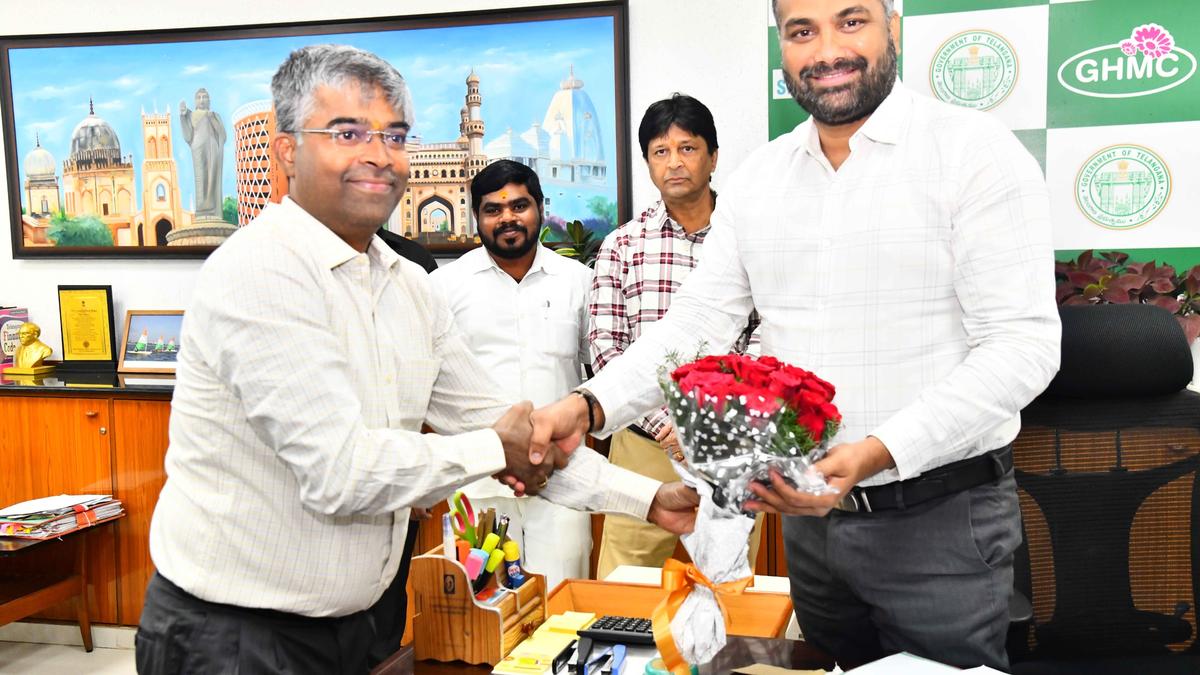
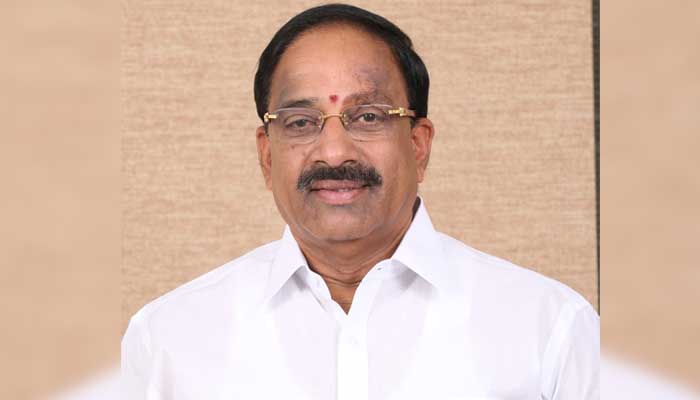
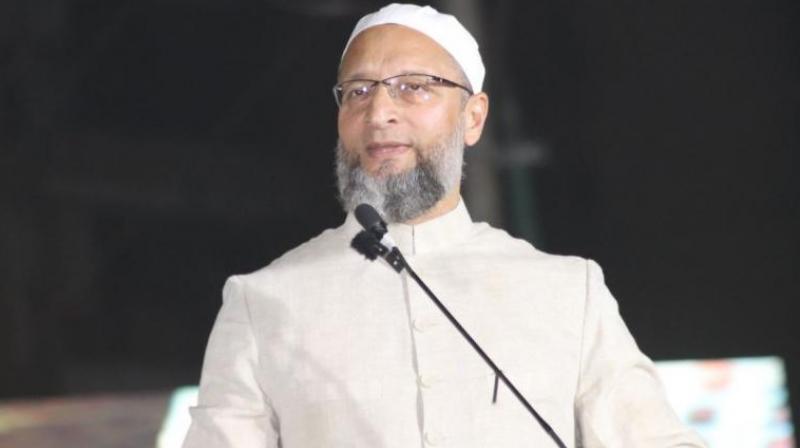

.jpg)
.jpg)
.jpg)
.jpg)
.jpg)
.jpg)
.jpg)
.jpg)
